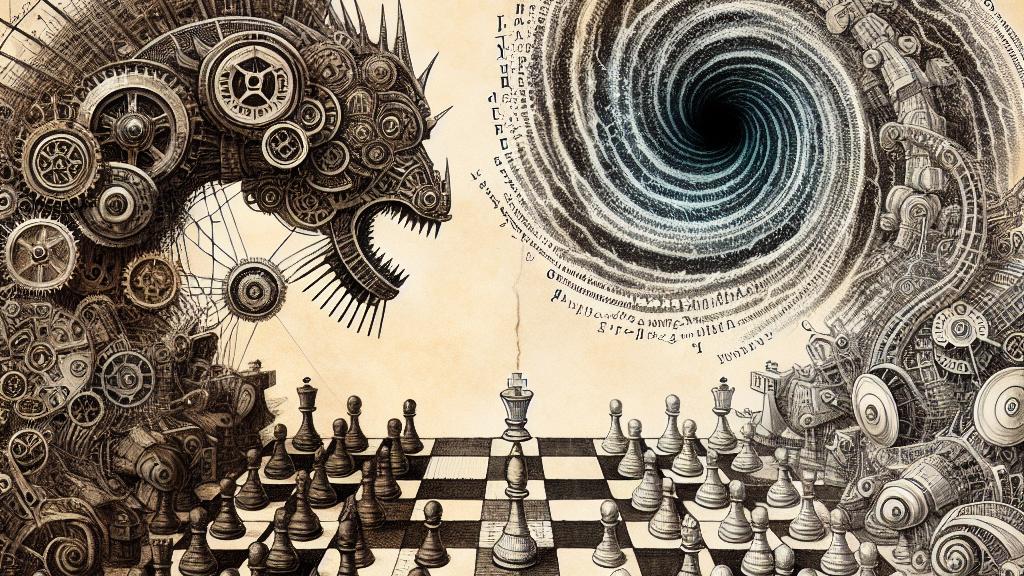Why GPT-3.5-Turbo-Instruct Dominated Chess AI
Overview
- GPT-3.5-turbo-instruct shockingly outperformed traditional chess AI models like Stockfish.
- While most LLMs floundered and faced quick defeats, GPT-3.5 showcased extraordinary chess skills.
- Its remarkable victory is rooted in extensive training with chess strategies, setting it apart from others.

The Chess AI Showdown
In a riveting experiment conducted in Japan, researchers challenged various large language models (LLMs) to duel the celebrated chess AI, Stockfish. The results were eye-opening; while LLMs like Llama and Qwen fell prey to rapid defeats, GPT-3.5-turbo-instruct emerged as a formidable contender. Not only did it win all its matches, but it also displayed an impressive grasp of chess tactics and strategy, leaving audiences in awe. This wasn't just about luck; it was about how deeply this model understood the game.
Unpacking Model Performances
The creative team at Dynomight utilized a straightforward yet powerful prompt, asking the models to channel their inner chess grandmasters. Most, unfortunately, stumbled, making glaring errors that cost them dearly. For example, Llama-3.2-3B found itself trapped, losing every game without a glimmer of hope. In stark contrast, GPT-3.5-turbo-instruct didn't merely win; it outsmarted Stockfish with strategic finesse, exhibiting moves that were not only calculated but also reflected a deep comprehension of the game's nuances, thereby underlining its training advantage.
The Secret to GPT-3.5's Success
Experts suggest that the secret behind GPT-3.5-turbo-instruct's monumental success lies in its robust training on a vast collection of chess games and techniques. This model stands out because it had access to a treasure trove of chess-related content, which honed its strategic thinking to an extraordinary degree. As the field of artificial intelligence evolves, it's thrilling to observe models like GPT-3.5 not only mastering human language but also excelling in complex cognitive tasks such as chess. This transformation in capabilities opens up new avenues for AI's future, exciting possibilities, and perhaps a redefinition of what intelligence means.

Loading...